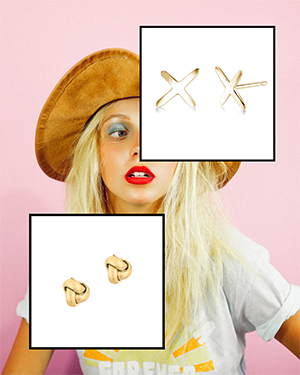Wedding Ring Book
With this ring I thee wed, with my body I thee worship and
with all my worldly goods I thee endow.
The First Book of Common Prayer, 1543
It is the smallest object at the wedding, but the only one that lasts longer than a day. It is the only item considered essential to the nuptial ceremony—the sacred circle with which couples exchange their vows—but little is known about its fascinating history.






“With This Ring…” is not a catalog of wedding rings but a celebration of their significance. A search on Amazon.com reveals numerous books about wedding vows, but none about rings. Books with a similar concept such as those focusing on wedding cakes, wedding flowers and one called Wedding Details, about table settings, offer the same combination of whimsy and practical advice, fantasy and history in a stylishly photographed and illustrated hardcover or paperback format with an average price point of $19.95


A couple starting a life together with a wedding ring continues a tradition that began in ancient times knowing little about the simple circle around their fingers. The history, romance and lore associated with the wedding ring and its significance and symbolism in the relationship itself, is a story that has not been told in a specialized book on the subject.


Love him who gave thee this ring of gold,
‘Tis he must kiss thee when thou art old.
Inscription found on a seventeenth-century English wedding band
Each important milestone from birth to graduation to marriage is marked by a ring but none is as significant as the wedding band. The story of a ring sealing the “contract” between a man and a woman began in the Bible and has continued throughout the ages. The circle of indestructible materials evokes the planets, that which has no beginning and no end. The ring is a pledge and also a symbol of the union of two hearts.


That’s what makes “With This Ring…” about much more than the ring itself. Readers will warm to the love letters, historical tidbits and many tales of love and romance the wedding ring has represented through the ages. They will relate to stories of the contemporary brides and grooms Osnat Gad has come to know as they make their first big purchase together.
To she who excels not only in virtue and prudence, but also in wisdom.
Inscription in Greek found on a gold ring of about the fourth century, B.C.


What we call the wedding ring began in ancient times as a betrothal ring—a promise of marriage that was simply used again at the nuptial ceremony. Often it contained the man’s signet, considered to be as good as his word, or a key, symbolizing that now the woman would be the protector of his worldly goods. The custom of bestowing a ring upon the betrothed bride has been traced back in Rome to the second century B.C. Plain iron rings were first used for this purpose and they were still favored even when the wearing of gold rings had become general among certain classes of the Roman citizens. Gold rings came into use in the ceremony of betrothal in the second century A.D. There is some reference to the fact that gold rings were worn in public but iron rings worn within the house.


Publisher: Harry N. Abrams (November 10, 2004)


